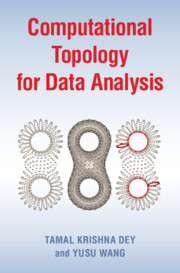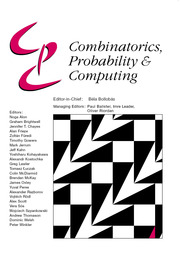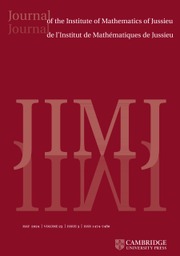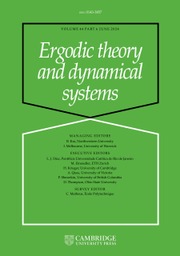Computational Topology for Data Analysis
Topological data analysis (TDA) has emerged recently as a viable tool for analyzing complex data, and the area has grown substantially both in its methodologies and applicability. Providing a computational and algorithmic foundation for techniques in TDA, this comprehensive, self-contained text introduces students and researchers in mathematics and computer science to the current state of the field. The book features a description of mathematical objects and constructs behind recent advances, the algorithms involved, computational considerations, as well as examples of topological structures or ideas that can be used in applications. It provides a thorough treatment of persistent homology together with various extensions – like zigzag persistence and multiparameter persistence – and their applications to different types of data, like point clouds, triangulations, or graph data. Other important topics covered include discrete Morse theory, the Mapper structure, optimal generating cycles, as well as recent advances in embedding TDA within machine learning frameworks.
- Presents new topics in topological data analysis that have not been covered before such as generators, zigzag persistence, mappers, Reeb graphs, discrete Morse, multiparameter persistence, and connection to ML
- Offers an introduction to topological data analysis at graded level of details suited for graduates/advanced undergraduates and researchers in both computer science and mathematics, where computer science readers learn mathematics in topology involved in algorithm design and mathematics readers learn designing algorithms using mathematical structures
- Provides examples of applications, motivations, and intuitions of the mathematical structures and algorithms throughout
- Includes pseudo-codes of algorithms whenever appropriate
- 115+ color and greyscale figures and 123 exercises
Reviews & endorsements
'A must-have up-to-date computational account of a vibrant area connecting pure mathematics with applications.' Herbert Edelsbrunner, IST Austria
'This book provides a comprehensive treatment of the algorithmic aspects of topological persistence theory, both in the classical one-parameter setting and in the emerging multi-parameter setting. It is an excellent resource for practitioners within or outside the field, who want to learn about the current state-of-the-art algorithms in topological data analysis.' Steve Oudot, Inria and Ecole polytechnique
'There are many things to appreciate about this book, including the abundance of excellent and helpful figures, the extensive reference list, and the variety of instructive exercises for students to work through … Thanks to its inclusion of so much cutting-edge recent work and state-of-the-art algorithms, this is an ideal book for mathematicians or computer scientists looking to dive into this exciting and still very young area of research.' Ellen Gasparovic, Mathematical Association of America Reviews
'This is a much needed update and contribution to the vast and rapidly growing area of computational topology. It will be the new go-to text for years to come.' Nicholas A. Scoville
'As a complete package, the book is an ideal text for a first course on topological data analysis for beginning graduate students … Highly recommended.' M. Clay, Choice
'The work under consideration provides a thorough and comprehensive introduction to computational topology. The book is largely self-contained and does not presuppose prior knowledge of topology.' Walter D. Freyn, MathSciNet
Product details
March 2022Hardback
9781009098168
452 pages
234 × 155 × 30 mm
0.78kg
Available
Table of Contents
- 1. Basics
- 2. Complexes and homology groups
- 3. Topological persistence
- 4. General persistence
- 5. Generators and optimality
- 6. Topological analysis of point clouds
- 7. Reeb graphs
- 8. Topological analysis of graphs
- 9. Cover, nerve and Mapper
- 10. Discrete Morse theory and applications
- 11. Multiparameter persistence and decomposition
- 12. Multiparameter persistence and distances
- 13. Topological persistence and machine learning.








